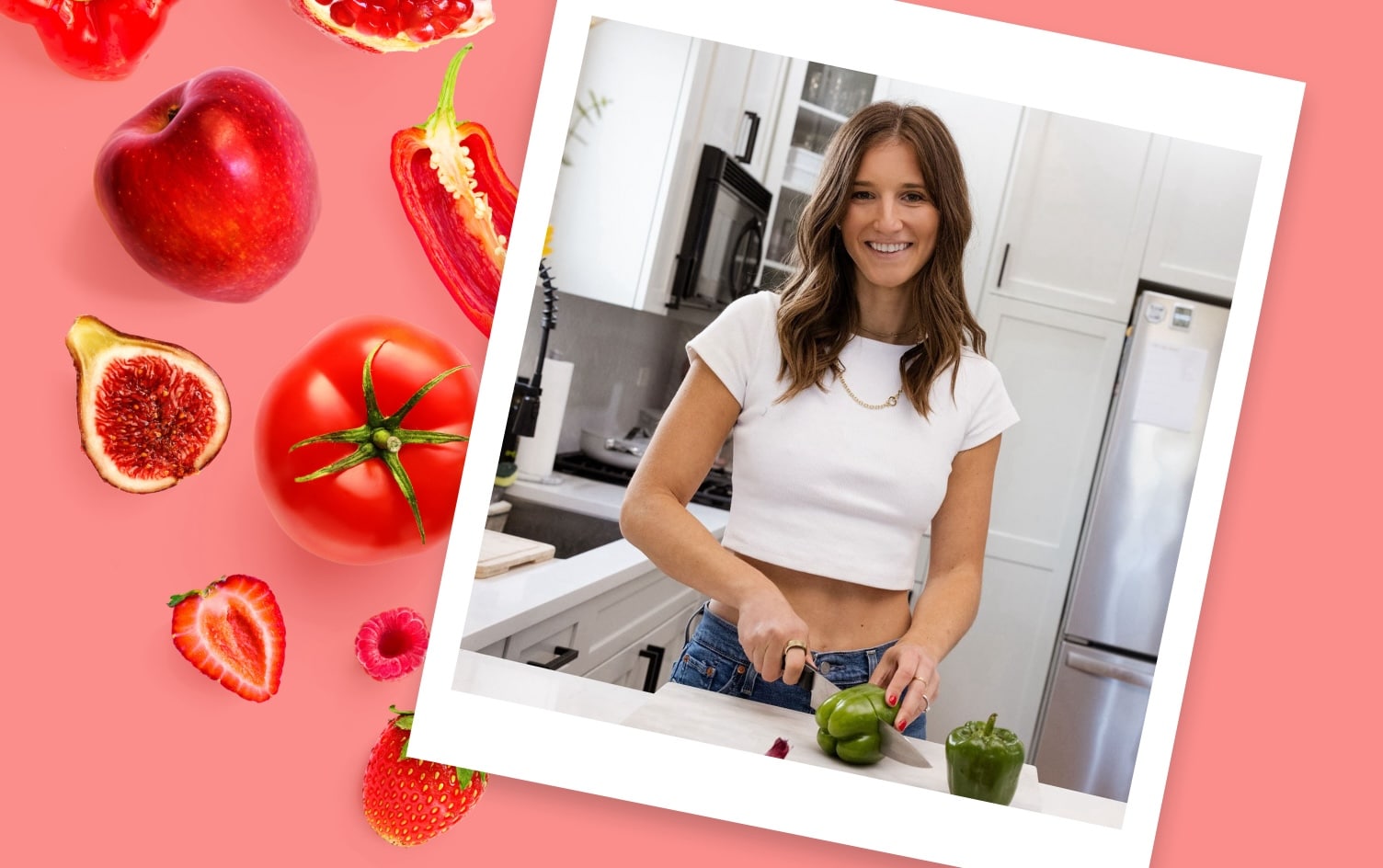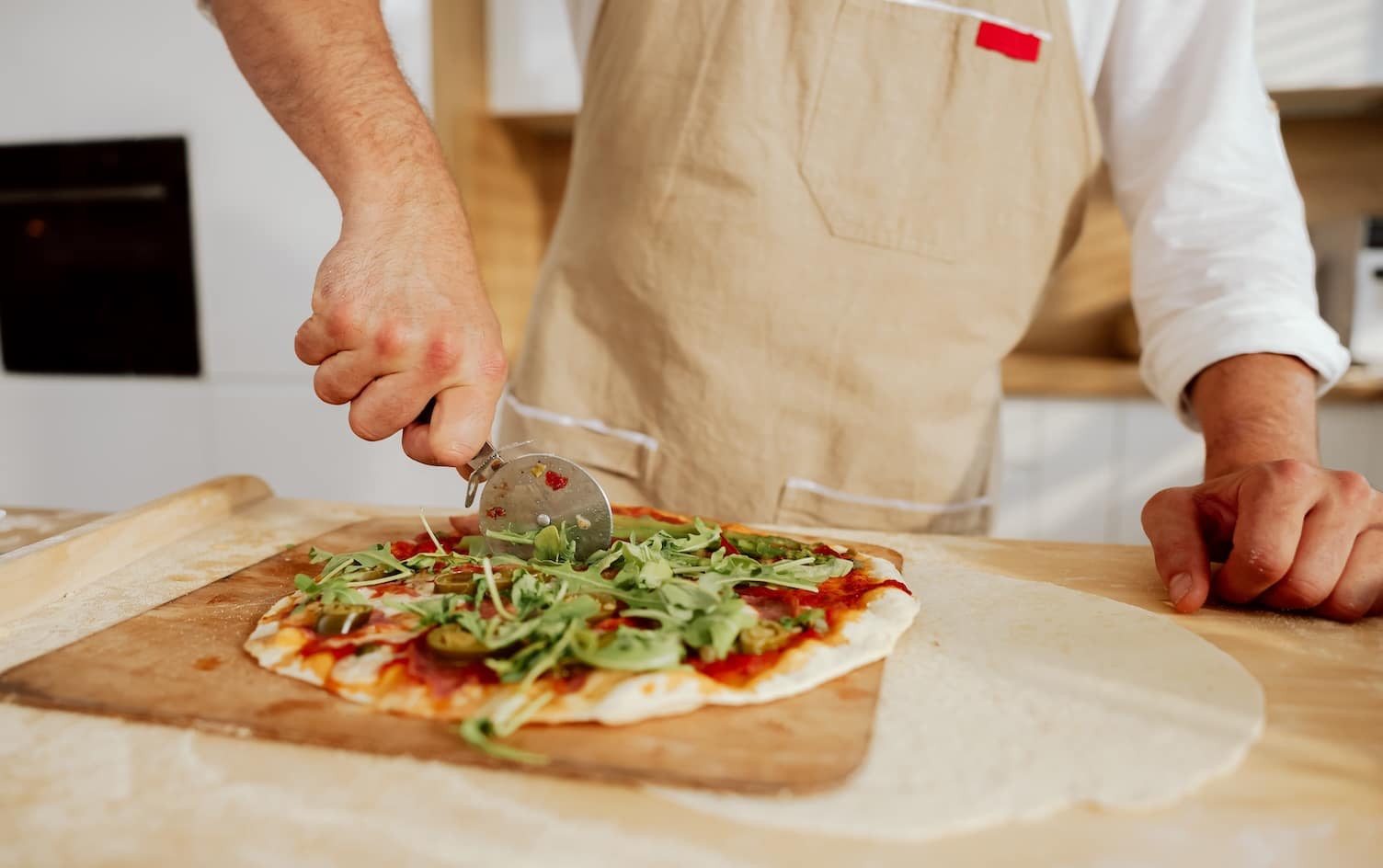Anyone working on losing weight and creating healthy habits can tell you it takes time, dedication and patience. It also takes knowledge about what does and doesn’t work for you individually, which is often discovered through a process of trial and error.
However, registered dietitians often see their clients making some of the same mistakes when it comes to shedding pounds healthfully. Here, they share 10 common ones to avoid:
CHOOSING JUICED OR DRIED FRUITS OVER FRESH
Many people find it easier to create a calorie deficit when they ensure their meals contain plenty of lean protein, fiber and water, says Summer Yule, RD. “Though both fruit juice and dried fruits contain some of the antioxidants you’d find in whole fruits, the former doesn’t contain as much fiber and the latter has less water content. Thus, you get the most filling volume for the calories with whole fruits.” For example, per cup, whole grapes have roughly 100 calories while grape juice has 160 and raisins clock in around 500. “When it comes to fruit, always opt for fresh (or frozen),” says Yule.
ONLY TRACKING CALORIES
“Calories alone do not indicate good health or nutrition,” explains Jane Pelcher, RD.
Checking out your other nutritional data with an app like MyFitnessPal can actually make your weight-loss journey easier. For example, “aim to slowly increase your fiber intake to 25 grams for women or 38 grams for men per day.” Aside from playing a role in satiety, fiber-rich foods like fruits, vegetables, whole grains, nuts and seeds are beneficial for gut health, reduce risk of heart disease and provide essential vitamins and minerals your body needs, says Pelcher.
COPYING THE WEIGHT-LOSS STRATEGY OF A CELEBRITY OR FRIEND
It can be tempting to try certain fad diets simply because you know someone else had success with them, but that doesn’t mean they’ll be a good fit for you as an individual. “We each have different food preferences, activity levels, energy needs and medical conditions, meaning there’s no one generic weight-loss strategy that will be an optimal fit for everyone,” says Yule. “If you need help developing a personalized nutrition plan that is supportive for weight loss, consider checking in with a registered dietitian who can help you meet your goals in a way that aligns with your life.”
GIVING UP MEAT TO LOSE WEIGHT
Somewhere along the way, people started to think vegans and vegetarians were healthier and thinner. While this may be true in some cases, it’s not a great weight-loss strategy on its own. “Meat gives us the protein we need to build muscles and burn fat,” explains Jessica Swift, RD. “When meat is cut out of the diet, it is usually replaced with high-starch foods that will not help you build muscle. I recommend a well-rounded protein intake with lean meats, seafood and plant-based proteins such as beans, legumes, low-sodium soy products and whole grains.”
GOING TOO BIG OUT OF THE GATE
“If someone is currently sedentary and makes a goal of working out seven days a week, it’s unlikely to be successful,” notes Laurel Jakubowski, RD. Simply put, it’s important to set yourself up for success by taking small, achievable steps. “Start with one or two days a week and work up from there,” she suggests. “Similarly, people may decide they are never going to eat junk food again or never drink soda again, which is also unrealistic.” Instead, consider reducing your soda intake from a few times a week to once a week or occasionally swapping a calorie-dense dessert for fruit.
FORGETTING ABOUT WATER
“Some of my clients get so caught up in eating healthy foods that water becomes a side note,” says Taylor Stolt, RD, consulting dietitian at Plate and Canvas. But there are some major benefits to making sure you get enough H2O: “Staying hydrated reduces hunger, increases the number of calories you burn and improves your body’s ability to burn body fat for energy.” If you’re not sure how much to drink, “a good place to start is half your body weight in ounces,” Stolt advises. “Tea and bone broth count toward fluid intake, too.”
CUTTING OUT ALL CARBS
Swift is all for reducing simple or refined carbohydrates like baked goods, candy and white breads. “But these are not to be confused with complex carbohydrates such as quinoa and whole-wheat products,” she emphasizes. “When it comes to energy, your body prefers to break down carbohydrates. Complex carbohydrates also offer fiber, protein and other nutrients that stabilize your blood sugar during this ‘breaking down’ process.” Plus, it’s pretty hard to cut out all carbs and maintain a healthy diet since carbs are also found in several main food groups including vegetables, fruit and dairy. Cutting them out “makes for an insufficient diet that is not sustainable.”
NOT COUNTING BITES, LICKS AND TASTES
“It is easy for calories to creep up without noticing when you are mindlessly munching on food throughout the day,” says Andres E. Ayesta, RD, certified strength and conditioning specialist and founder of Vive Nutrition. “This tends to happen when you are cooking or when there are treats and easy-to-grab snacks around you all the time.” That’s why a food journal can help keep you accountable. Ayesta also recommends planning your meals and snacks ahead of time.
JUDGING CALORIES BASED OFF AN ACTIVITY TRACKER
Overall, most RDs don’t recommend using your activity tracker as a guide for determining your calorie needs. “Fitness trackers are often inaccurate, and people tend to overestimate how many calories they’ve burned and underestimate how many calories they eat,” says Jakubowski. “This may lead people to think they’ve ‘earned’ that big piece of chocolate cake at 600 calories when their workout only burned 400. That 200 calorie excess can build up quickly and lead to weight gain.” Instead, she recommends tapping into your satiety levels and keeping track of your weight to find a calorie amount that works for your activity level.
HAVING CHEAT DAYS
“A balanced diet needs to incorporate your favorite foods,” says Pelcher. “Regularly eliminating them results in cravings and overindulgent cheat days that may counter your weight-loss goals. Instead, use an 80/20 guide where 80% of your intake consists of your favorite whole grains, high-quality proteins, fruits, vegetables, nuts and seeds and 20% is for the cookie or side of fries you’ve been craving.”
Whether you’re cutting carbs by eating smaller portions or substituting carbs for veggies, our Low Carb recipe collection has inspiration for every meal. Visit “Recipe Discovery” in the MyFitnessPal app to browse our collections.




